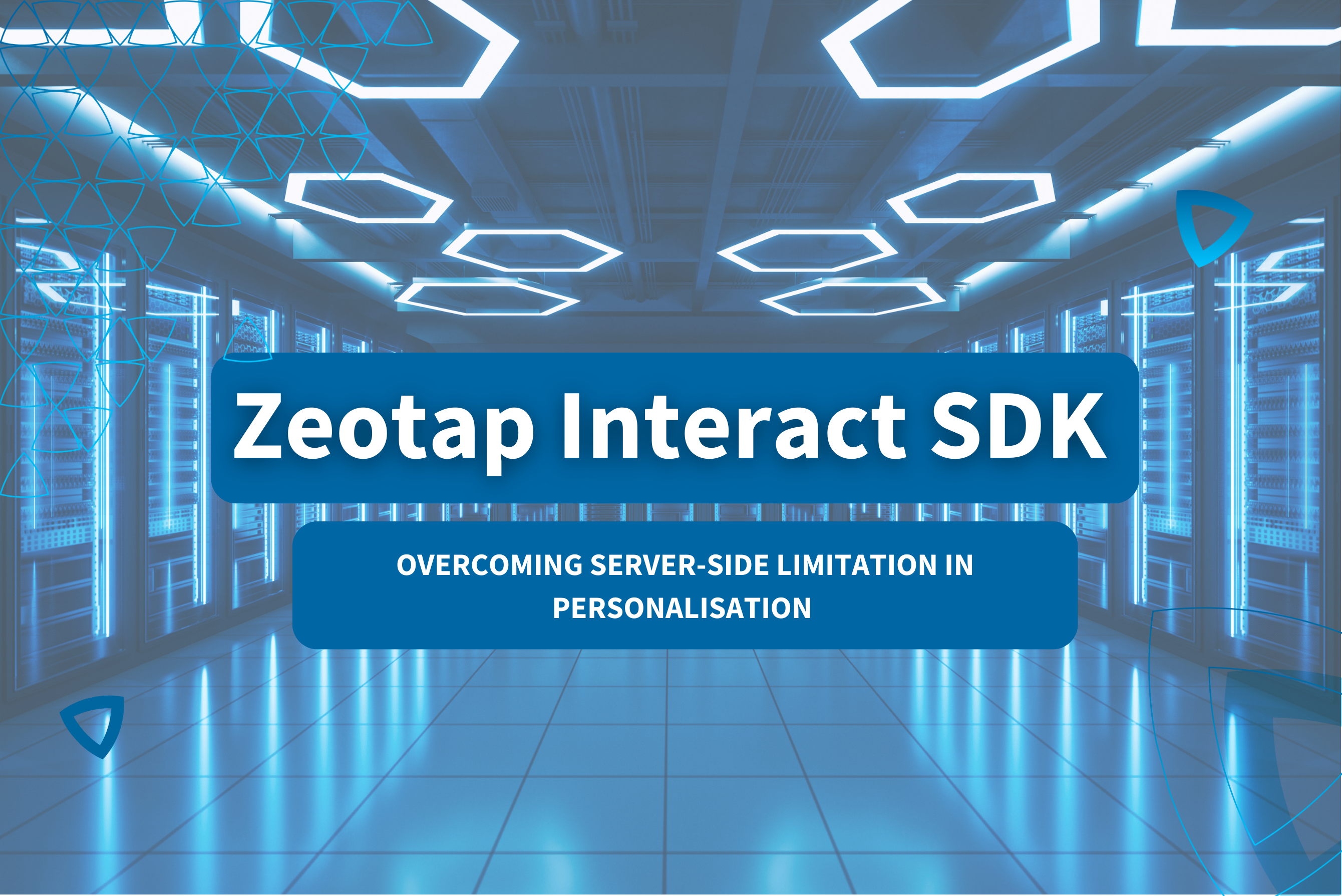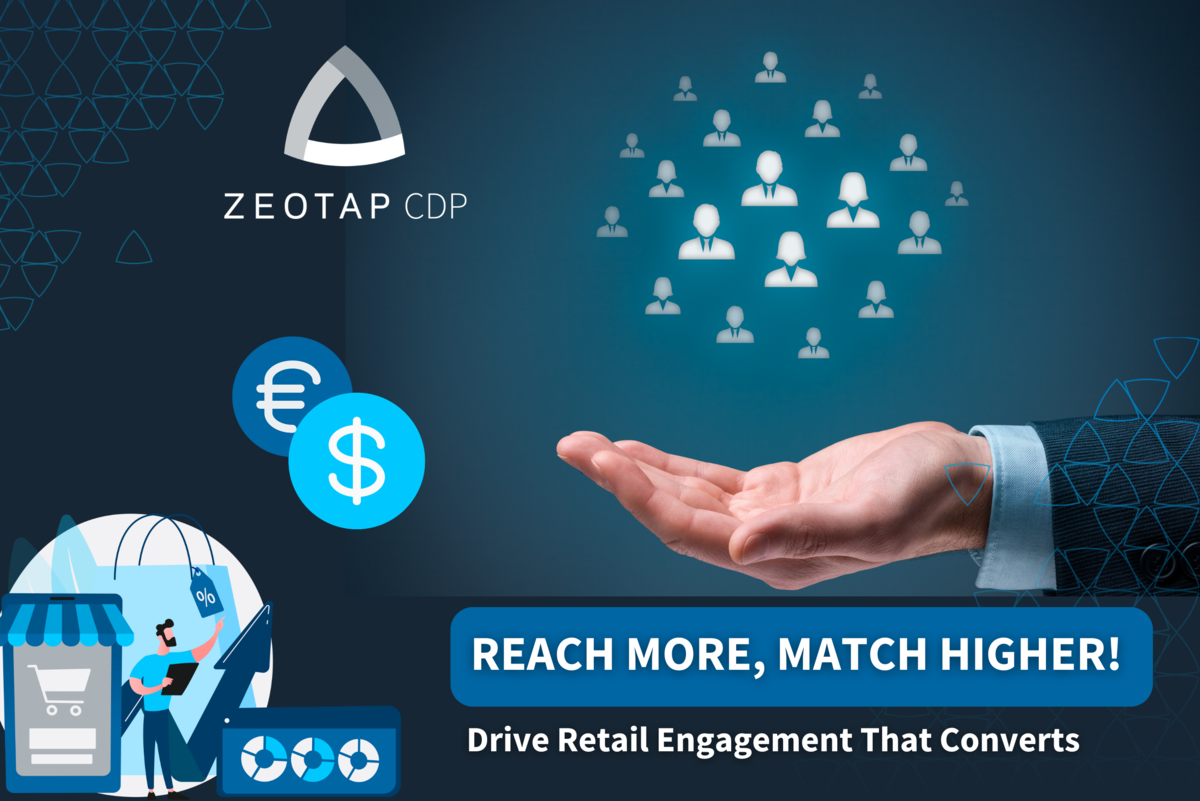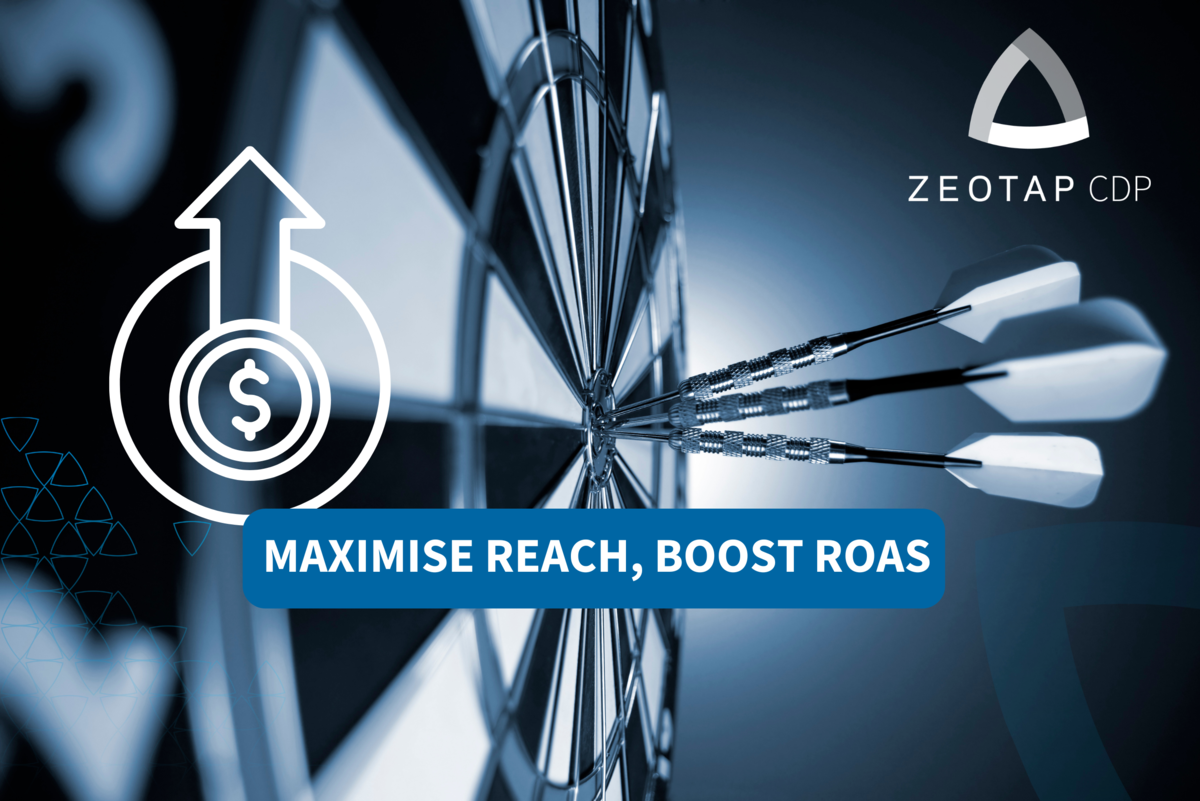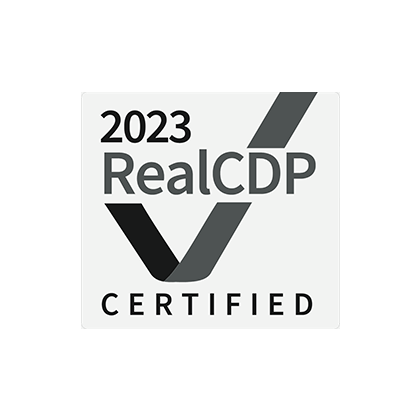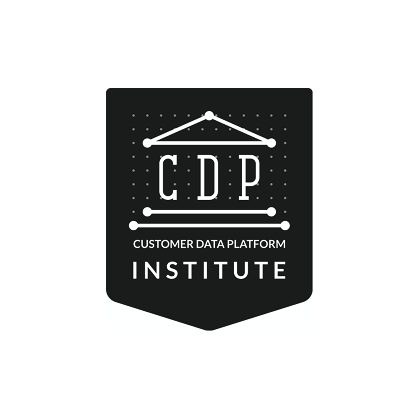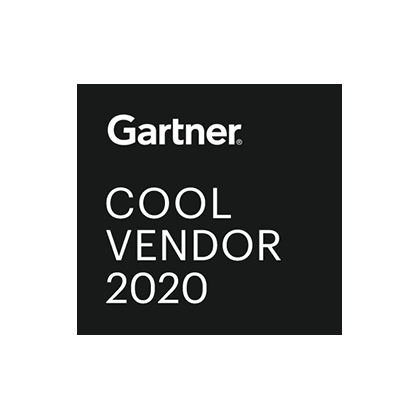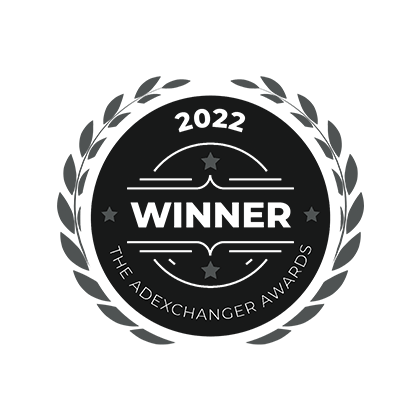Today’s customer journeys are more complex than ever. The majority of shoppers follow a zig-zagging path through a wealth of touchpoints, both online and offline. With such unpredictable journeys, how can businesses keep track of their customers? And how can they deliver personalised experiences across an ever-expanding set of touchpoints? The answer: a Customer Data Platform (CDP).
This guide looks at the key features and considerations associated with Customer Data Platforms (CDPs), including what a CDP is, the difference between a CDP and other data management platforms, and the functions a CDP should fulfill.
What is a CDP? Definition
A CDP is a type of software that aggregates customer data collected from various sources, structures it into a unified customer profile, and allows other software to access that data.
What is Customer Data?
When we talk about customer data, we refer to the bits of information consumers leave behind when interacting with a company. Online examples include commenting on social media sites, using an app that requires login credentials, or leaving behind cookies from a site visit. Offline, a business may collect data from phone numbers or email addresses of customers who fill out contact forms in-store.
Commonly, the data that enters a CDP can be categorised into 4 main types:
Identity data, e.g. first and last names, locations, demographics, contact information, job titles, and social platform information;
Descriptive data, e.g. information regarding careers, lifestyles, families, and hobbies;
Quantitative data, e.g. number of purchased or returned products, abandoned carts, website visits, product views, and social media engagements;
Qualitative data, e.g. information regarding consumer motivation, personal opinion, and personal preferences.
What does a CDP do?
In short, CDPs build unified customer profiles by combining data from a variety of stores across different data types, including first, second and third-party data sources. That means they can collect and organise data from your Customer Relationship Management Platform (CRM), Data Management Platform (DMP), data lakes or warehouses, websites or mobile apps, and/or POS systems.
With these customer profiles created, users can then generate audience segments (sometimes even based on machine learning) and activate them across other channels such as paid media, SMS marketing, customer service tools and even website personalisation.
The end result is the ability to not only manage customer data in a compliant and structured way but also to be able to efficiently deliver targeted, personalised experiences at scale across the whole customer journey.
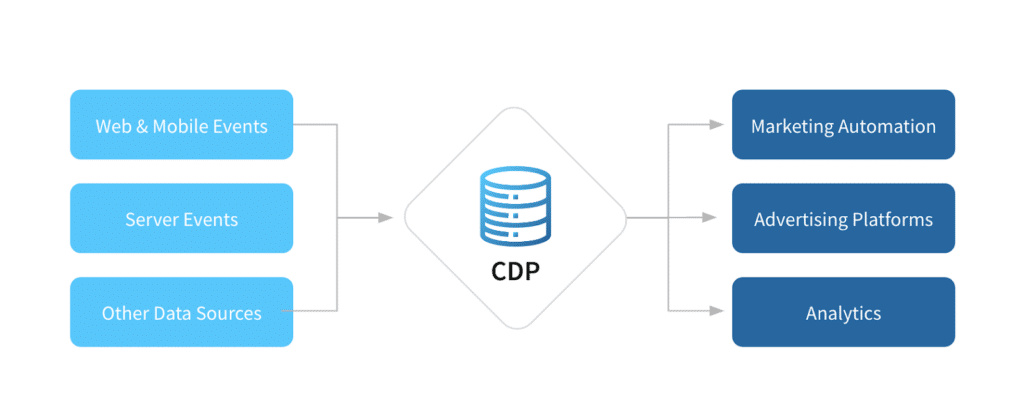
CDPs in practice – 6 high-value use cases
In practice, CDPs are, therefore, valuable for a range of use cases. We have summarised the most important ones here:
Identify targeting opportunities: CDPs allow marketing teams to access rich data sets from multiple systems, enabling granular audience segmentation and redirecting the budget into highly targeted campaigns via different channels.
Create relevant lookalike audiences: By consolidating first-party data into a comprehensive 360° customer view, CDPs can create highly effective lookalike audiences with a significantly higher likelihood of conversion.
Run highly personalised campaigns: Using a CDP, marketers can integrate data from customers’ purchase histories into email, SMS, and push notifications, for example, and send highly personalised product recommendations.
Identify one-time buyers for LTV targeting: CDPs help identify seasonal shoppers, allowing marketers to segment these customers and create targeted campaigns during specific times of the year.
Entice shoppers with upsell and cross-sell opportunities: CDPs offer a unified view of a customer’s behavioral data, enabling effective upselling and cross-selling through properly timed and personalised offers.
Enhance customer relationship management: Integrating data from CRMs and DMPs into a CDP enables a holistic view of the customer journey. This eliminates data silos and provides clear insights into customer interactions, improving the accuracy of marketing campaigns.
Note: For more insights on how CDPs can help organisations get the most out of their data, read our detailed blog post on the top 6 use cases of CDPs.
What are the Differences Between a CDP and Other Management Solutions?
Looking at how a CDP differs from other data management solutions is crucial for understanding CDPs and selecting the right solution for your business needs (we will talk more about that later).
The most important differences between CDPs and other management solutions are briefly summarised below:
CDP vs. CRM
A CDP collects and unifies data from various sources to create a comprehensive view of each customer. In contrast, a CRM system focuses on managing customer interactions and relationships. It primarily stores contact information, purchase history, and customer service interactions. While CRMs excel at tracking sales and customer service efforts, they lack the advanced data integration and real-time marketing capabilities of a CDP.
Note: For a detailed comparison between Customer Relationship Management (CRM) systems and Customer Data Platforms (CDM), read our blog article on CDPs vs CRMs.
CDP vs. DMP
A CDP deals primarily with first-party data – information collected directly from customers through interactions with the business. A DMP primarily handles third-party data collected from external sources. DMPs are mainly used for digital advertising purposes, such as audience segmentation and targeting. This makes CDPs more suitable for personalised marketing efforts, while DMPs are better suited for broader advertising campaigns.
Learn more about the differences and which of these two solutions is best for your marketing strategy in our blog article on CDP vs. DMP.
CDP vs. Data Warehouse
CDPs provide a structured environment for managing and activating customer data in real time. In contrast, a Data Warehouse serves as a central repository for structured data from various sources. It is mainly used for reporting and data analysis rather than real-time marketing activities. Data Warehouses are optimised for large-scale data storage and complex queries, making them ideal for business intelligence.
CDP vs. Data Lake
Similar to Data Warehouses, a Data Lake stores large volumes of raw, unstructured, and structured data from various sources. It is useful for big data analysis and advanced analytics but is not specifically designed for marketing activation. Data Lakes excel in handling vast amounts of data for research and analysis, whereas CDPs are tailored for actionable customer insights and marketing execution.
CDP vs. CEP
While CDPs focus on aggregating and managing customer data to provide unified views and personalised experiences, a CEP facilitates interactions and engagement across multiple channels and touchpoints with the aim of building stronger relationships. CEPs also enable businesses to deliver targeted messages and automate engagement processes. In some cases, integrating both CDPs and CEPs may be best to optimise marketing efforts.
More information on differences, the unique features of both platforms as well as real-life use cases and possible ways of combining the two can be found in our blog article ‘CDP vs. CEP: Definition, Differences and Use Cases’.
The Key Benefits of a Customer Data Platform
All in all, CDPs strengthen your customer relationships, empower your marketing efforts and help your business reach its objectives. They are capable of doing all this because they provide, among others, the following four key benefits:
1. CDPs break down down data silos
In a business, customer data is typically held and organised by different departments, such as customer service, sales and marketing. Because all three of those departments need different information, the individual collections of data grow into separate, fragmented data silos.
Aside from being an organisational nightmare, this has a direct impact on the customer. For example, a customer who has recently submitted a complaint to customer services might still be targeted by marketing emails or trigger SMS messages asking for referrals.
CDPs aggregate and organise customer data collected from a variety of sources, structuring it into individualised and central customer profiles also often referred to as a ‘single customer view’. This data can then be leveraged to create highly personalised experiences that resonate with the audience and drive conversions.
2. CDPs positively impact core business metrics
When organisations fail to consolidate customer information due to data existing in different silos, it not only has a direct effect on the customer but also impacts core business metrics such as:
ROI on acquisition campaigns → Existing customers aren’t excluded from acquisition campaigns, leading to a waste of budget;
Customer Lifetime Value (CLV) → Identifying and acting on key upsell opportunities is challenging;
Churn and attrition rates → It becomes nearly impossible to understand and act on churn signals.
With a CDP, you can focus (financial) resources on acquiring new prospects by identifying existing customers during acquisition campaigns. You can also use them to identify any upsell opportunities and personalise customer experiences to maximise CLV.
Also, CDPs allow you to identify at-risk customers and take targeted action to prevent churn, resulting in a more loyal customer base and increased sales.
3. CDPs deliver personalisation at scale
Personalisation across the full customer journey is vital as a table-stakes expectation for a competitive customer experience. However, creating rewarding customer experiences with personalised touchpoints along the user journey is easier said than done.
A good CDP not only creates a single customer view within a unified customer database to enable accurate personalisation based on the ‘full customer picture’ but integrates with your full marketing stack in order to deliver personalised experiences based on this data in real time. For example, triggering emails from your ESP based on a customer’s recent in-store transaction.
4. CDPs enable customer data compliance
Ever since the introduction of new customer data regulations like GDPR, marketers have been faced with a huge challenge in how they capture, store and use customer data in a way that doesn’t fall foul of the law. Without a unified way of viewing customer consent, meeting the compliance needs for processing and activating customer data through marketing becomes a minefield and inhibits scalable marketing and personalisation.
Not every CDP is equipped to solve this challenge, as most are created for North America (where data compliance regulations are considerably more relaxed). However, good CDPs will prioritise data security and compliance and have consent mastering (the ability to unify cross-channel consent preferences for an individual) and consent orchestration (the ability to scalably reflect consent in activating data) built-in in order to streamline consent management.
How To Choose the Right Customer Data Platform for Your Business
Finding the right CDP for your company is not a decision that should be taken lightly. After all, your CDP has access to sensitive customer data and impacts multiple areas of the business.
The following essential steps and guidelines can help you better navigate through the decision-making process:
1. Assemble your buying team
While the decision is yours, you’ll need to involve all relevant stakeholders. This is because the data the CDP will be handling is from different departments within your company, so it’s important for everyone to agree on what type of service they need and how much access they’ll have.
Consider having representation from the following:
Data Protection (DPO) or Legal (to ensure compliance is up to code)
Sales (their CRM platform may store customer information to be brought into the CDP)
Customer Experience (they also use tools that handle customer data)
2. Define all your challenges
If you want to know what CDP is best for your business, think first about how the system will be used. Defining your challenges (or use cases) ahead of time will help you find the right solution. In addition to the use cases we outlined in an earlier section, examples could include:
Increasing engagement with loyalty programmes
Identifying and prioritising high-value customers
Take some time to think about what you want your CDP to accomplish and then talk with other stakeholders for their input. Once these ideal use cases are identified, evaluating vendors becomes a lot easier.
3. Know what integrations you need
Next, make a list of all tools used or integrated with your customer (e.g., website software, CRM systems like Salesforce, real-time live chat with Zendesk) before making any decisions on which pieces should be included in the new project.
Businesses most often start with:
An analytics tool like Google Analytics
An advertising tool like Facebook Ad Manager
CRMs
Customer success and/or live chat tools like Intercom
Business intelligence tools
Data warehouses
4. Consider the right things
Once you have assembled your buying team, defined all the challenges and completed your list of integrations, it’s time to weigh up your options. There are quite a few different CDP providers out there.
So, among other factors to consider, here are 5 key criteria to pay attention to when looking for CDPs:
Extensive data integrations: The CDP you choose should integrate with all your existing marketing and advertising technologies. It should allow you to ingest customer data from wherever it’s held, activate that data wherever it’s needed and repeat this process on an ongoing basis.
Accurate identity resolution: A Customer Data Platform must be able to accurately unify customer identities – without it, the single customer view can’t be created, and many functions of the CDP are rendered obsolete.
Custom audience segmentation: If your goal is to drive personalisation with your CDP, make sure that you can create custom audiences based on any data points.
Machine learning-powered segmentation: Traditional rule-based segmentation can lead to inefficiencies and wasted spending. To maximise time and effort, consider a CDP that supports machine-learned audience creation without the help of a Data Scientist.
Rigorous security and privacy compliance: Especially in Europe, it’s vital that your CDP meets stringent security and privacy standards. Therefore, choose a CDP with international certifications such as ISO 27001, ISO 27017, ISO 27018, CSA Star, and GDPR Seal, ensuring the protection of customer data.
Conclusion
Ultimately, a CDP can provide solutions to various business challenges by organising and unifying customer data, enabling companies to create personalised customer experiences. But before it can unfold its full potential, you need to ask the right questions to find the right software for your needs.
The essential considerations in this guide should help you better understand CDPs and make an informed decision that ensures the CDP you choose meets your business needs and data protection standards.
Of course, there are additional characteristics to evaluate. For example, a recent Forrester report highlighted Zeotap CDP as one of only six CDPs out of 34 evaluated, with a significant revenue presence in EMEA, boasting an 85% footprint. This makes Zeotap an excellent choice for privacy-conscious European brands.
For a deeper dive into the subject and a comprehensive understanding of CDPs, also download The Enterprise Marketer’s Guide to Customer Data Platforms with information on the following topics:
Why an enterprise marketer needs a CDP (and examples of its use)
Additional data sources that power a CDP
A detailed ‘CDP shopping list’ including the top 10 considerations for success
A complete overview of how to choose the right CDP for you
